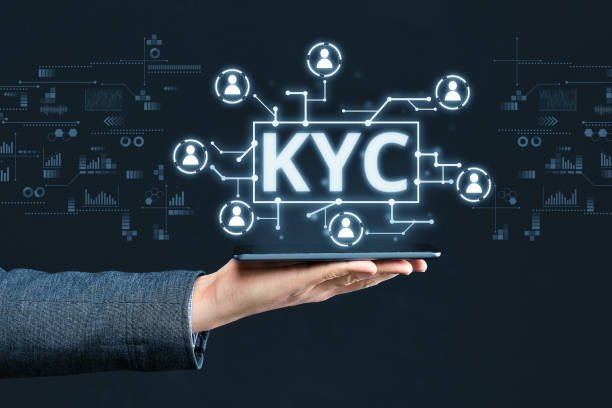KYC AML Program – Explore Use Cases and Ensure Compliance in Businesses

Anti-money laundering [AML] and Know Your Consumer [KYC] are the cornerstones of financial virtue that play a crucial role in protecting businesses and their assets against illicit funding and illegal operations. It represents a comprehensive framework for the firm to adopt the detection and prevention methodologies while offering a complete understanding of consumers throughout the process.
Integrating KYC AML compliance not only establishes the legitimacy of the clients but also aids the companies in developing a transparent financial landscape. Read the article to understand more about AML KYC verification and the use cases implemented in the business industry
Crucial Findings
- Understand the concept of AML KYC Compliance
- Differentiate between AML and KYC
- Why businesses need KYC AML
- Explore the prime use case of KYC AML verification
What is AML KYC Compliance – Explained
Identifying the entities and ensuring AML compliance are two primary aspects of the screening methodology. In digital enterprises, businesses must align their verification process with the AML laws and regulations. Also, integrating them is crucial for companies to meet regulatory requirements and sustain the integrity of the financial structure. It involves all the measures and rules to keep money laundering and other crimes away from the financial system. Also, all policies and procedures work effectively in establishing the legitimacy of consumers associated with financial transactions. Furthermore, learn more about the KYC and AML differences.
Difference Between KYC and AML
Discussing the difference between the terms, it is concluded that AML and KYC are similar yet distinct in the domains of financial compliance. However, both of them are utilized together but serve different purposes in businesses. Some of the considerable points include:
- AML policies are concerned with inspecting and preventing money laundering, while KYC focuses on consumer legitimacy by verifying their identity.
- AML processes include constant monitoring of transactions by detecting patterns, while KYC involves authenticating consumer information in the onboarding process.
- KYC regulations are more consumer-centric, focusing on the need for authentic client information, while AML regulations are intended to prevent a range of financial fraud.
Since KYC and AML are closely related, they both focus on combating and inspecting the illegal operations executed by criminals.
Why do Businesses KYC Anti-Money Laundering
Combating money laundering and other financial crimes in companies is the biggest concern, and to prevent these fraudulent activities, AML KYC has facilitated them with a comprehensive framework. Moreover, AML solutions build a transparent workspace to streamline the onboarding process. However, Businesses in the digital world are mandated to incorporate KYC and AML for several reasons, including:
- Compliance with regulatory requirements
- Combating money laundering
- Minimizing financial crimes
- Safeguarding the company’s reputation
- Reducing operational threat factors
- Escaping heavy penalties and regulatory charges
- Enhancing risk assessment methodologies
- Eliminate terrorist funding
3 Prime Use Cases for KYC AML Verification
Undoubtedly, KYC and AML are essential for companies to ensure compliance with regulatory requirements that minimize the risk of financial fraud and maintain the brand image. However, explore the 3 prime use cases of KYC and AML verification incorporated in the financial sector, assisting businesses in the best way possible.
- Enhance Monitoring
In order to maintain security measures at the checkpoints, industries providing services to the government and relevant agencies must adhere to AML practices. International bans and PEP watchlists can be quickly searched for by users in accordance with AML requirements. The quick verification strategy known as the AML KYC approach is designed to help government agencies guard against money laundering instances and unlawful access.
- Account Opening
One of the primary uses of AML laws in the banking sector is account opening. During the account opening process, imposters are expected, and they can deceive management by simply mimicking their own conduct. Strong AML systems eliminate the chance of fraudsters in the bank’s financial division by establishing policies that follow the rules and laws.
- Real-Time Criminal Authentication
In order to safeguard digital security, AML detection systems have sophisticated ways to deal with fraudsters and imposters. Cross-platform integrations, liveness detection, face search, and face match are all guaranteed by the verification systems’ AML compliance. Services for instant detection can spot illegal transactions that could be used to finance terrorism. AML solutions have the ability to access illicit money transfers and worldwide fraudulent actions by its impersonator.
Final Statement
By integrating the KYC AML compliance and its use cases, businesses can enhance their operational efficiency and establish a secure and transparent financial ecosystem in the workspace. The robust verification solution includes generating reports of unusual transactional behaviors observed. It also ensures continuous consumer activity monitoring while enabling enterprises to conduct threat-based due diligence to improve the scrutiny of high-risk profiles.



